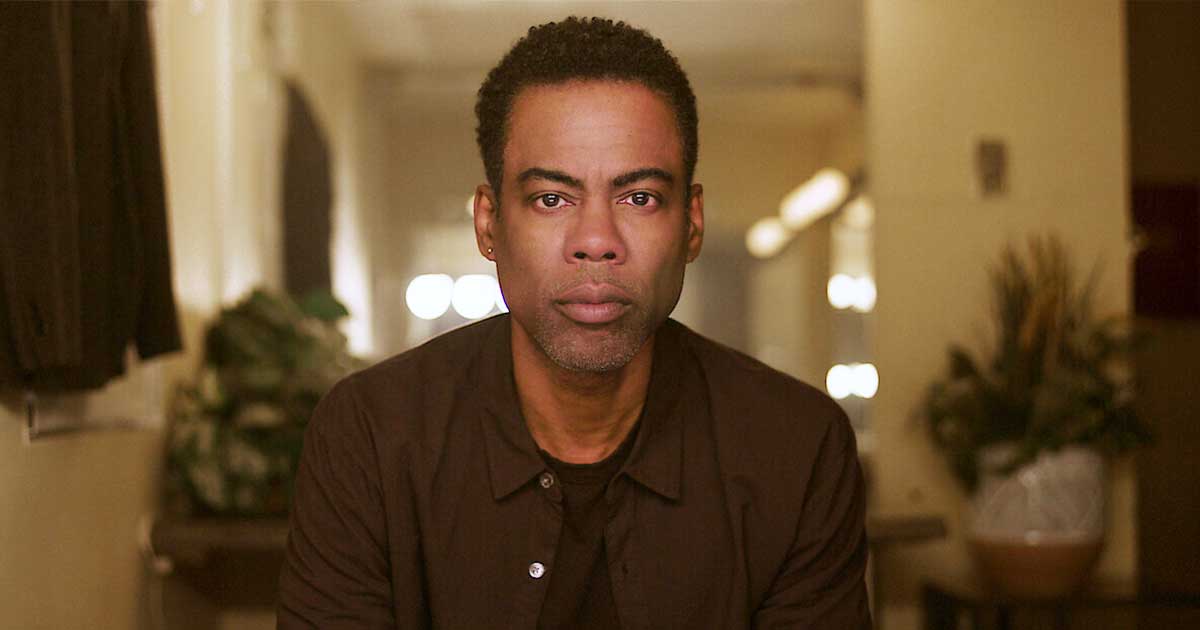According to a new report from the Consumer Financial Protection Bureau (CFPB), parents are being defrauded in a “$100 million school lunch scam,” losing money each time they pay for their children’s meals.
The report reveals that many parents are unaware of the processing fees, typically around $2.50, that accumulate over time when using the prepaid system for school lunches.
Hidden Fees In Plain Sight: The School Lunch Scam
The study exposes a hidden fee that defrauds American parents of approximately $100 million annually. CFPB Director Rohit Chopra states these charges take a severe “economic toll on American families just trying to pay for basic school expenses.”
He urges the school districts to “avoid contracts with financial firms that harvest excessive fees from families who purchase school lunch.” With more schools adopting cashless payment systems, the CFPB says, district administrators have partnered with processing firms that charge up to $3.25 or 4-5 percent per transaction.
While schools must provide a fee-free option for cash or check payments, these alternatives can be inconvenient or time-consuming to utilise. An analysis of the 300 largest school districts nationwide found that the average processing fee was $2.37, representing 4.4 percent of the total transaction.
While this might not be a significant issue for affluent parents who prepay for their children’s meals, it can quickly escalate for financially struggling households that can only afford a few dollars at a time, according to the CFPB.
Some low-income parents pay up to 60 cents in processing fees for every $1 they spend on school lunches, totalling approximately $42 per year. Rebecca Wood, a 45-year-old single mother, is one of the individuals affected by these hidden charges.
Wood was already grappling with substantial medical bills in 2020 when she discovered a $2.49 “program fee” being deducted each time she added funds to her daughter’s school lunch account.
“It wouldn’t have been a big deal if I had hundreds of dollars to dump into her account at the beginning of the year,” She told AP. “I didn’t. I was paying as I went, which meant I was paying a fee every time. The $2.50 transaction fee was the price of a lunch. So I’d pay for six lunches but only get five.”
Since 2017, the US Department of Agriculture, responsible for overseeing federal policies on fee-free school lunches, has mandated that districts inform families of their options. However, even when parents are aware, the inconvenience of paying by cash or check to avoid fees can be a significant burden.
The Economic Toll: The Financial Burden On Families
“It’s just massively inconvenient,” said Joanna Roa, 43, a library specialist at Clemson University in South Carolina with two school-aged children. Roa explained that when her son was in first grade, she noticed the $3.25 processing fee for each lunch account transaction and transitioned him to packed lunches.
“A dollar here and there, I expected,” she said. “But $3.25 per transaction, especially here in rural South Carolina where the cost of living is a lot lower — as are the salaries — is a lot,” she noted. Roa acknowledges that preparing lunches for two children daily while maintaining a job is demanding.
The school district has generously offered free lunches for the past two years thanks to surplus funds. However, she emphasises that this benefit could be discontinued at any time. The CFPB’s review revealed that 87 percent of the sampled school districts have contracts with payment processors.
Researchers discovered that approximately 20 companies offer these systems to schools, but only three firms—MySchoolBucks, SchoolCafe, and LINQ Connect—hold a dominant position in the market.
While school districts can negotiate fees and rates when they initially contract with payment processors, the CFPB discovered that the contracts are intricate and “may insulate companies from competition and make school districts less likely to negotiate.”
The Role Of Government: Regulations And Oversight
According to the report, families who are forced to accept their school’s designated payment processor and grapple with “avoiding harmful practices” may contravene federal consumer protection law.
Wood, however, took a firm stance against the burdensome system. She researched the fees and became aware of the USDA’s mandate to provide fee-free payment options using cash or checks.
When she brought this to the attention of the superintendent of her daughter’s Massachusetts school district, the administrator attributed the lack of transparency to an oversight. As a form of protest, Wood, along with other disgruntled parents, had intended to pay for her daughter’s lunches in coins at the school office.
However, the pandemic intervened, altering school lunch policies, among other aspects of life. Wood subsequently became involved in a campaign that successfully advocated for universal free school lunches in Massachusetts.
A 2023 report indicates that Universal free school meals would benefit parents financially, whether they currently purchase school meals or prepare packed lunches. “Even if lunch itself is free, if you want to buy something a la carte, an extra lunch, or some other transaction, you still have to pay that fee. They take money from people who need it the most,” Wood said.







